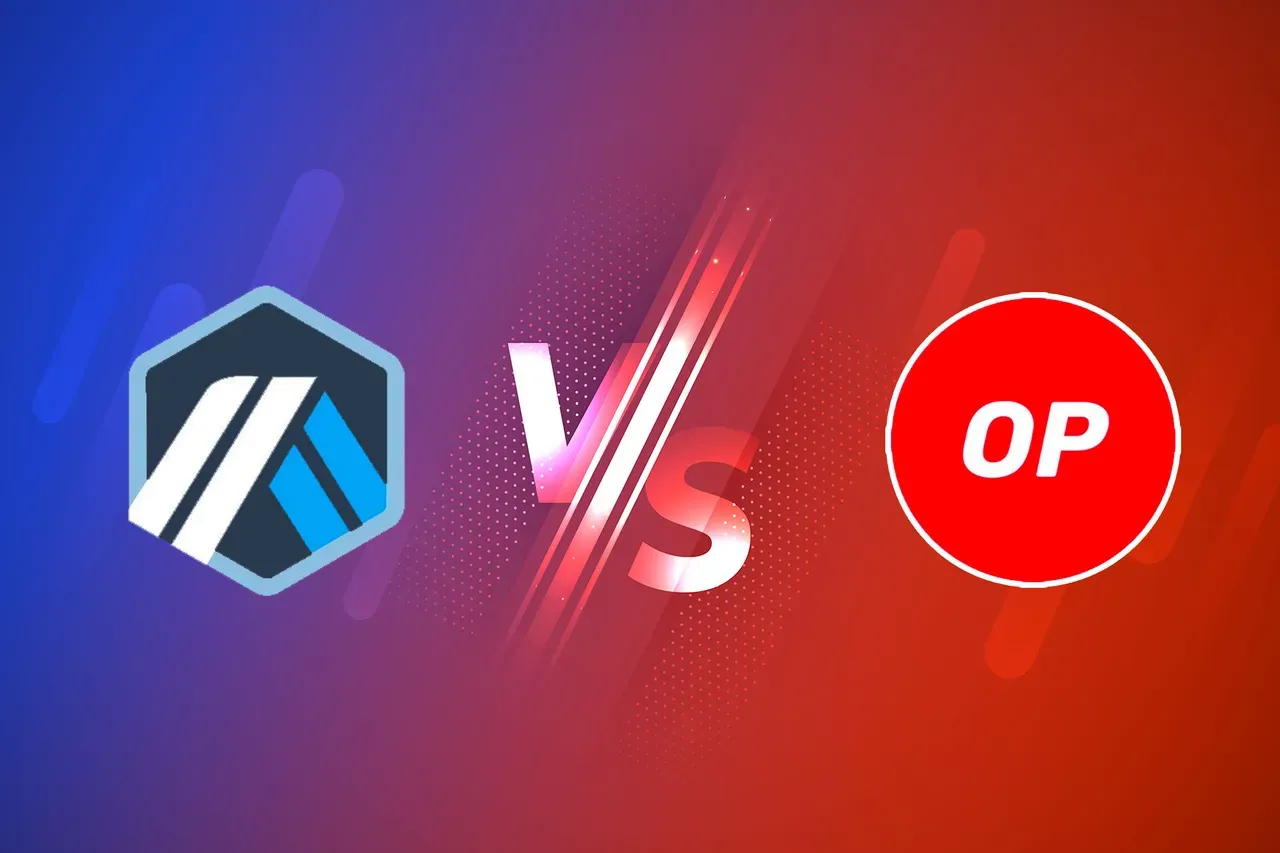Begin by seizing something which your opponent holds dear; then he will be amenable to your will ~ Sun Tzu
Positioning is not an absolute, but rather a relative concept.
A brand's positioning cannot be considered in isolation, but rather in relation to its competitors in the market.
To be successful, a brand must differentiate itself from its competitors and establish a unique identity in the minds of its target audience. This requires careful consideration of the competition and an understanding of how your brand can stand out in a crowded market.
Thus, your competitor’s position is just as important as your own. Sometimes more important.
Versus
Establishing the "against" position is a classic positioning manuever.
In a crowded marketplace, where many organizations offer similar products or services, being the first to market is not always an advantage. In fact, the first-mover advantage can be quickly eroded by competitors who improve upon the initial offering or replicate it with lower prices.
This is where the "against" position comes in. By positioning a brand in opposition to the competition, organizations can create a distinctive identity that exploits the weaknesses or short-sightedness of the category leader.
At the core of the "against" strategy lies a powerful psychological principle: the human brain is wired to understand things in relation to other things. By positioning your brand in opposition to a well-known competitor, you can hijack the existing market conversation and insert yourself into it in a powerful way.
This is because the human mind is more easily able to comprehend and remember things that are presented in contrast to something else that is already familiar. By positioning your brand in opposition to a market leader, you're able to tap into the existing mental frameworks that the market has already established, making it easier for them to understand your unique value proposition and why they should choose your brand over the competition.
Pick a fight
One effective strategy for brand positioning is to form a direct, antagonistic position with the market leader. This approach requires a willingness to take bold action, even picking a fight, to differentiate your brand from competitors.

By positioning your brand in direct opposition to the market leader, you can design the market conversation around your brand and the competitor with the most mindshare. This means framing the discussion so that the main stage features only two characters in opposition to each other, effectively ignoring the rest of the market players.

Examples of successful implementation of this strategy include brands such as Pepsi and Coke, PC vs. Mac, and Arbitrum vs. Optimism.
Lyft
A prime example of successful brand positioning through the "against" strategy is the approach taken by Lyft in the ridesharing market. By positioning itself directly against Uber, Lyft was able to carve out a distinctive identity and stand out in a crowded market.
Lyft's positioning statement "the fastest growing ridesharing service in the world" directly contrasted with Uber's brand, which was perceived as dominant and authoritative. The company's bright pink branding and emphasis on being a "friend with a car" and "driving you happy" positioned Lyft as a more approachable and friendly alternative to the more corporate and impersonal Uber.

Lyft's brand positioning extended beyond just its marketing and branding efforts. The company's decision to have passengers sit in the front seat, rather than the back seat like in Uber, reinforced the idea of a friendly and personal ride experience.
This against-positioning proved effective for Lyft, and the company was able to gain market share and compete successfully against Uber. By positioning itself in direct opposition to the market leader and highlighting its unique value proposition, Lyft was able to establish itself as a credible alternative and capture the attention of consumers.
Select the right enemy
This strategy can be incredibly effective, as it enables you to piggyback off the existing market conversation around the market leader and create a powerful narrative that resonates with the audience. By contrasting your brand with a well-known competitor, you can establish a unique identity and differentiate yourself in a crowded market.
But to be successful, it's essential to identify the right competitor to position against. The goal is not simply to create conflict for its own sake, but to use that conflict to create a narrative that elevates your brand and resonates with the market in a meaningful way.
ETH-killers
The blockchain space is fiercely competitive, and several brands have boldly positioned themselves as "ETH killers" to rival the dominance of Ethereum. This approach is an extreme form of the "against" position, aiming to outmaneuver the competition and capture market share.
These "ETH killers" represent alternative blockchain networks that seek to compete with Ethereum by offering similar or improved features such as faster transaction times, lower fees, and better scalability. With names like Cardano, Solana, Polkadot, and Binance Smart Chain, these brands have grabbed the attention of the blockchain industry and positioned themselves as alternatives to Ethereum.

Think about that hard: blockchains projects have bet their entire marketing strategy by relating to solely Ethereum. By emphasizing their unique features and advantages, these brands are making a bold statement that they are ready to challenge Ethereum's dominance and take on the mantle of leadership in the industry.
Play the underdog
The against position can come with the flavor of being an underdog. As a challenger brand, you're not expected to have the same level of resources, reach, or market share as the market leader. Embrace your underdog status and use it to your advantage. Position yourself as the scrappy, innovative alternative to the big, bureaucratic market leader.
One underdog example I think of is Mozilla's Firefox browser. It has long positioned itself as the underdog against the Microsoft's Internet Explorer and Google's Chrome. Firefox's marketing has emphasized its commitment to privacy, customization, and open-source development, contrasting it with the more corporate and data-driven and "soulless" approach of its competitors.

The key to the underdog strategy is to focus the market on only you and the establishment.
To position yourself as the underdog and the visionary, only acknowledge one competitor: the market leader
— Ekram (@ekrahm) January 19, 2023
Ultimately, establishing the "against" position requires a strategic mindset, a strong understanding of the market and competition, and a willingness to take bold, even controversial action. But for organizations that can execute this strategy effectively, it can be a powerful tool to tell a story that alienates the majority of the market towards your advantage.

